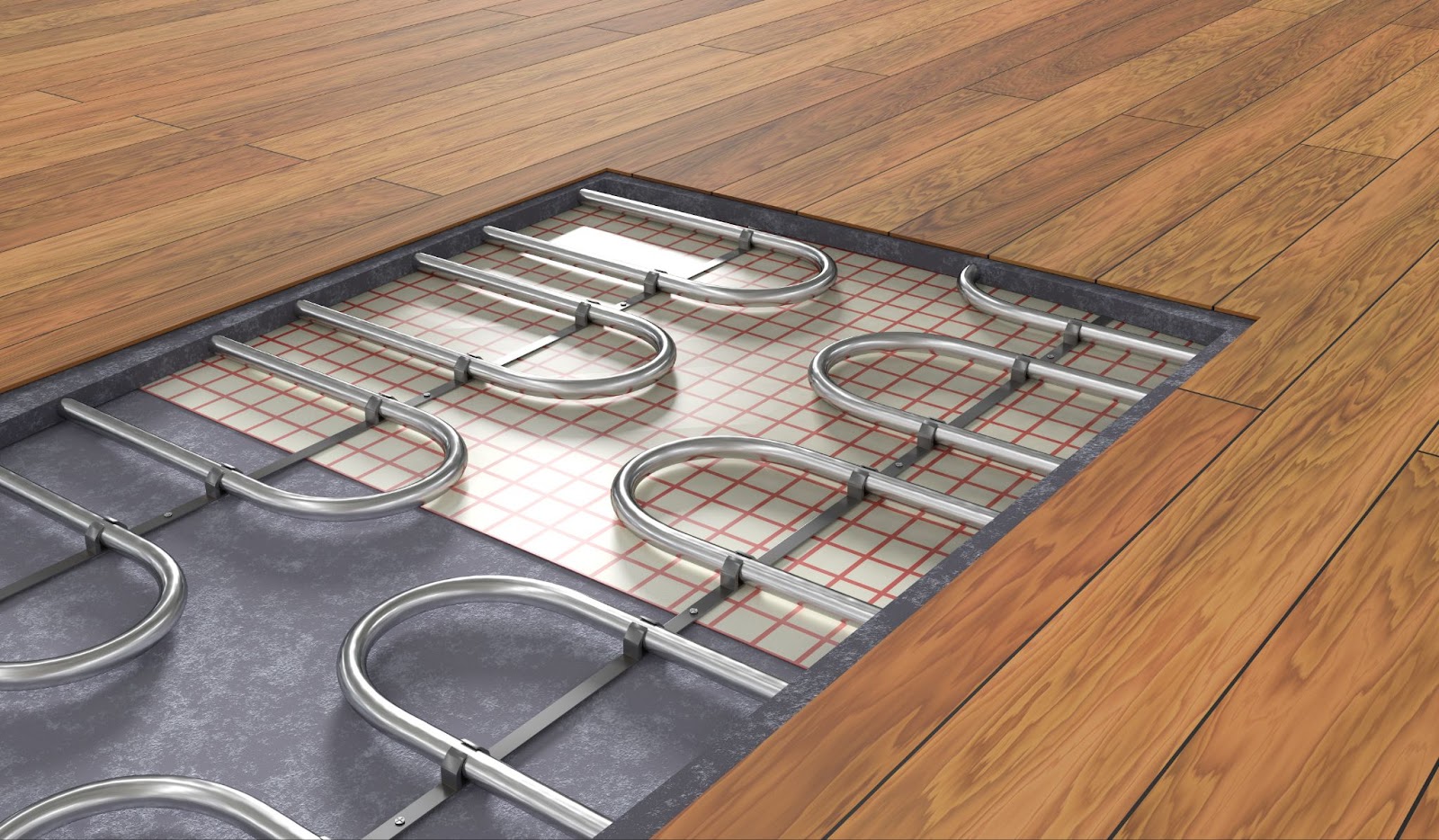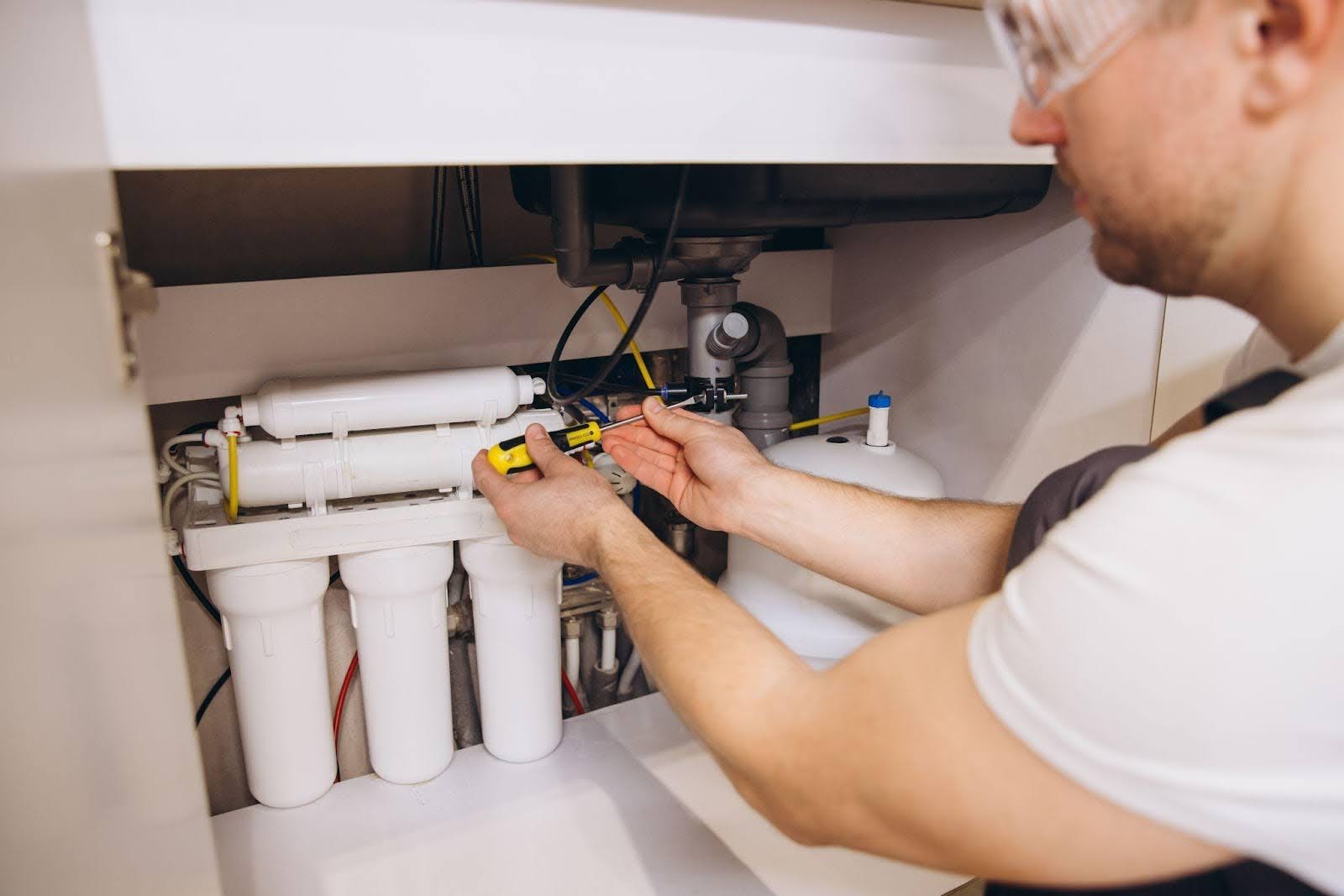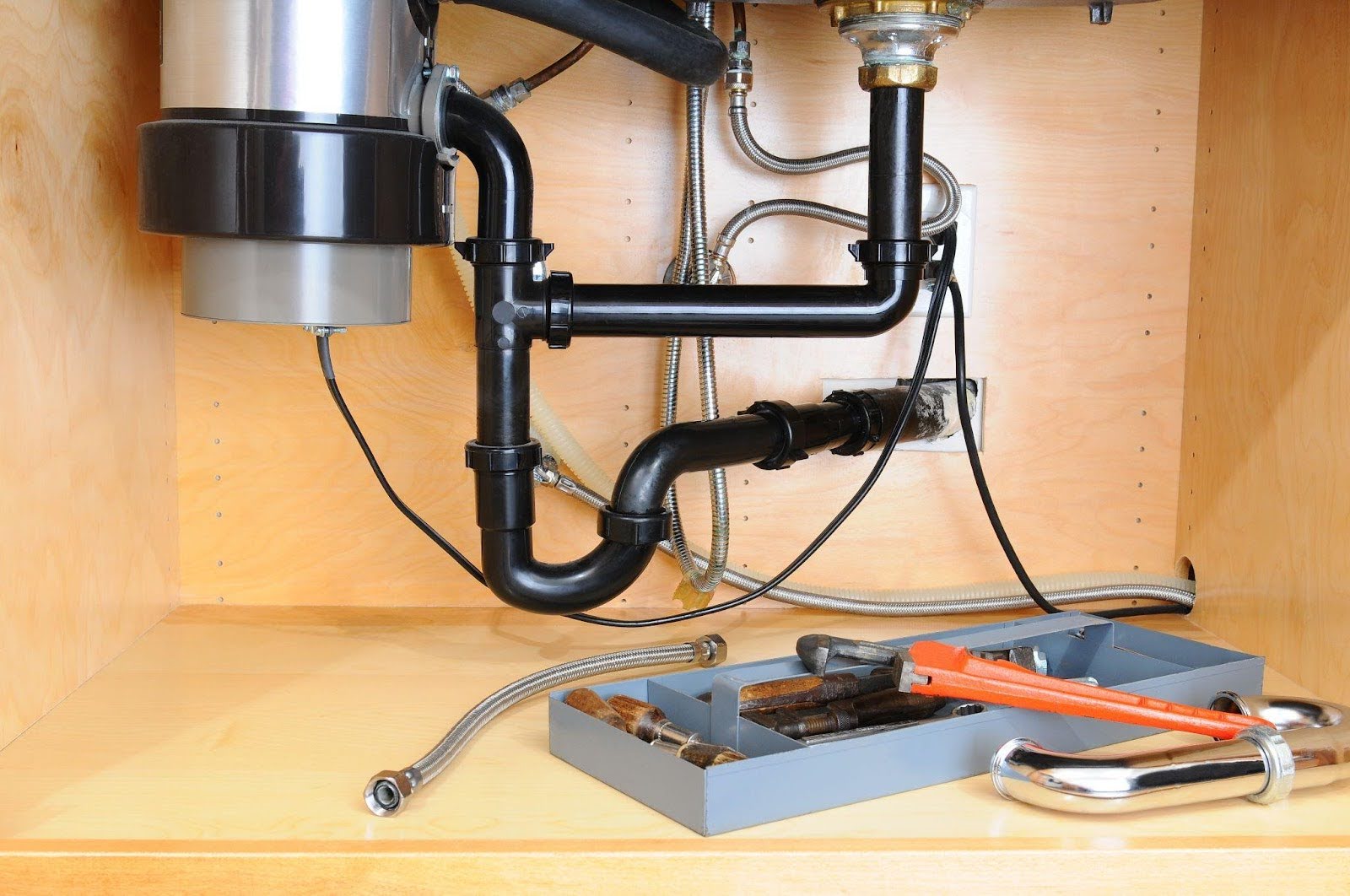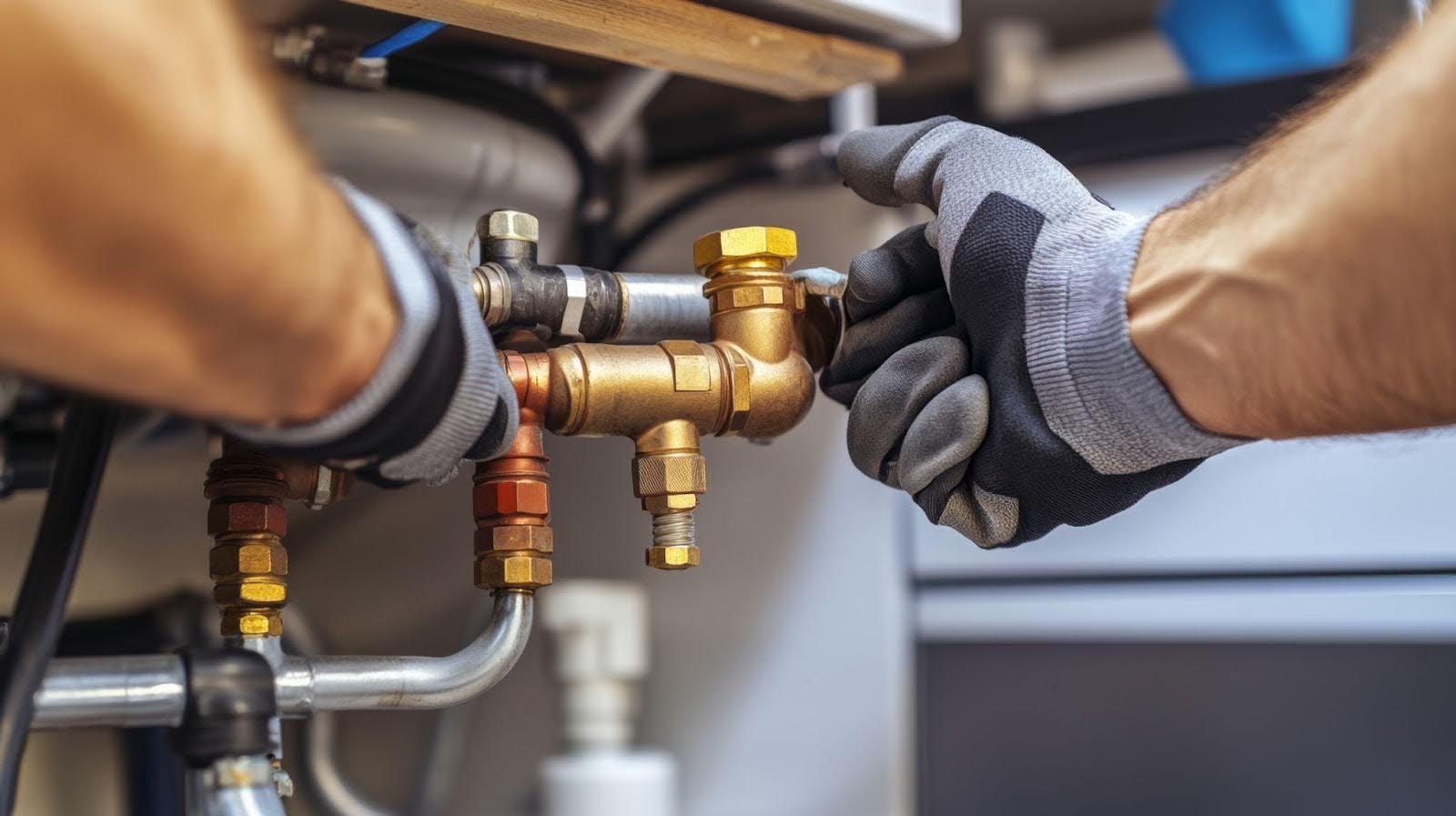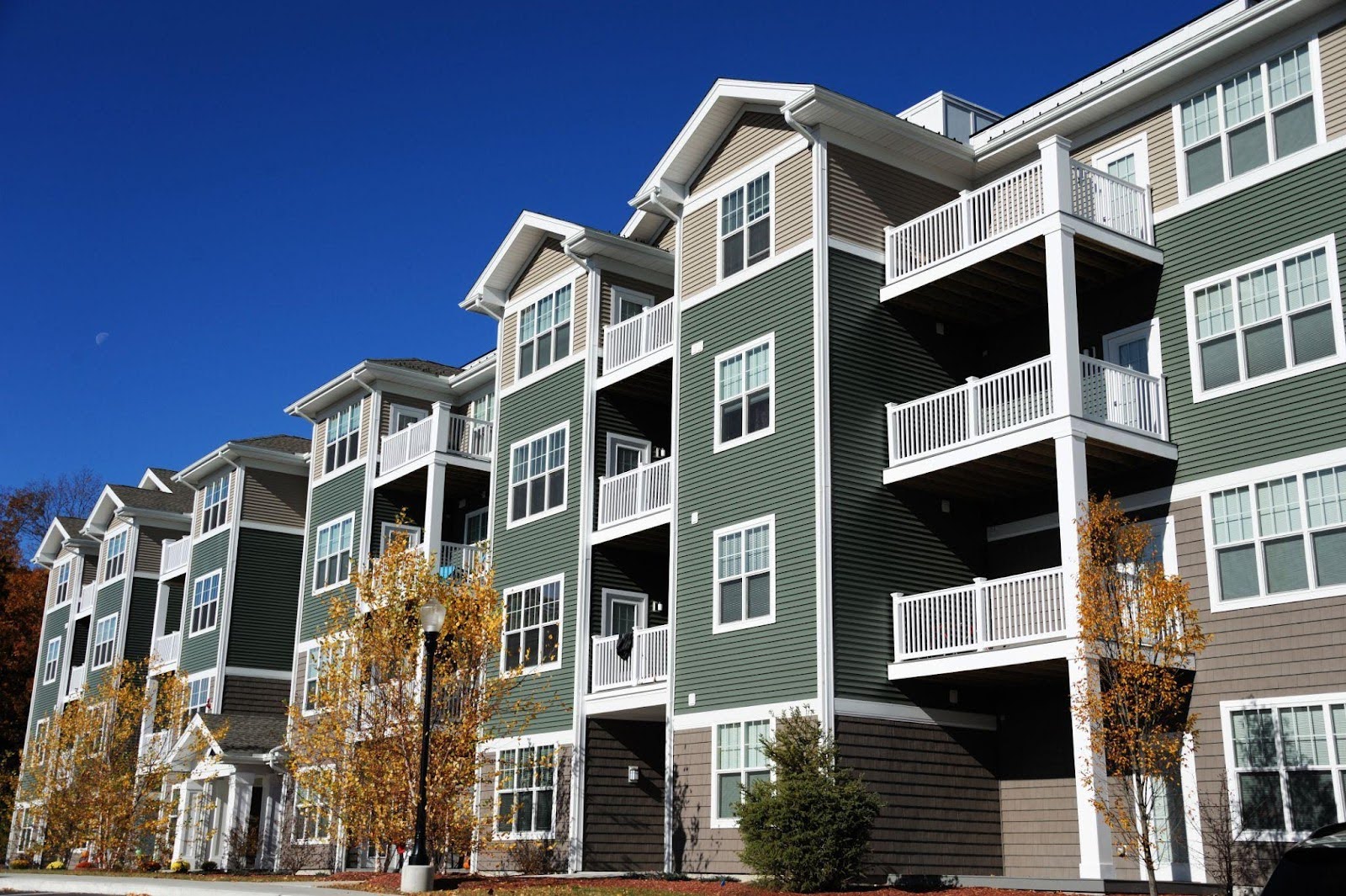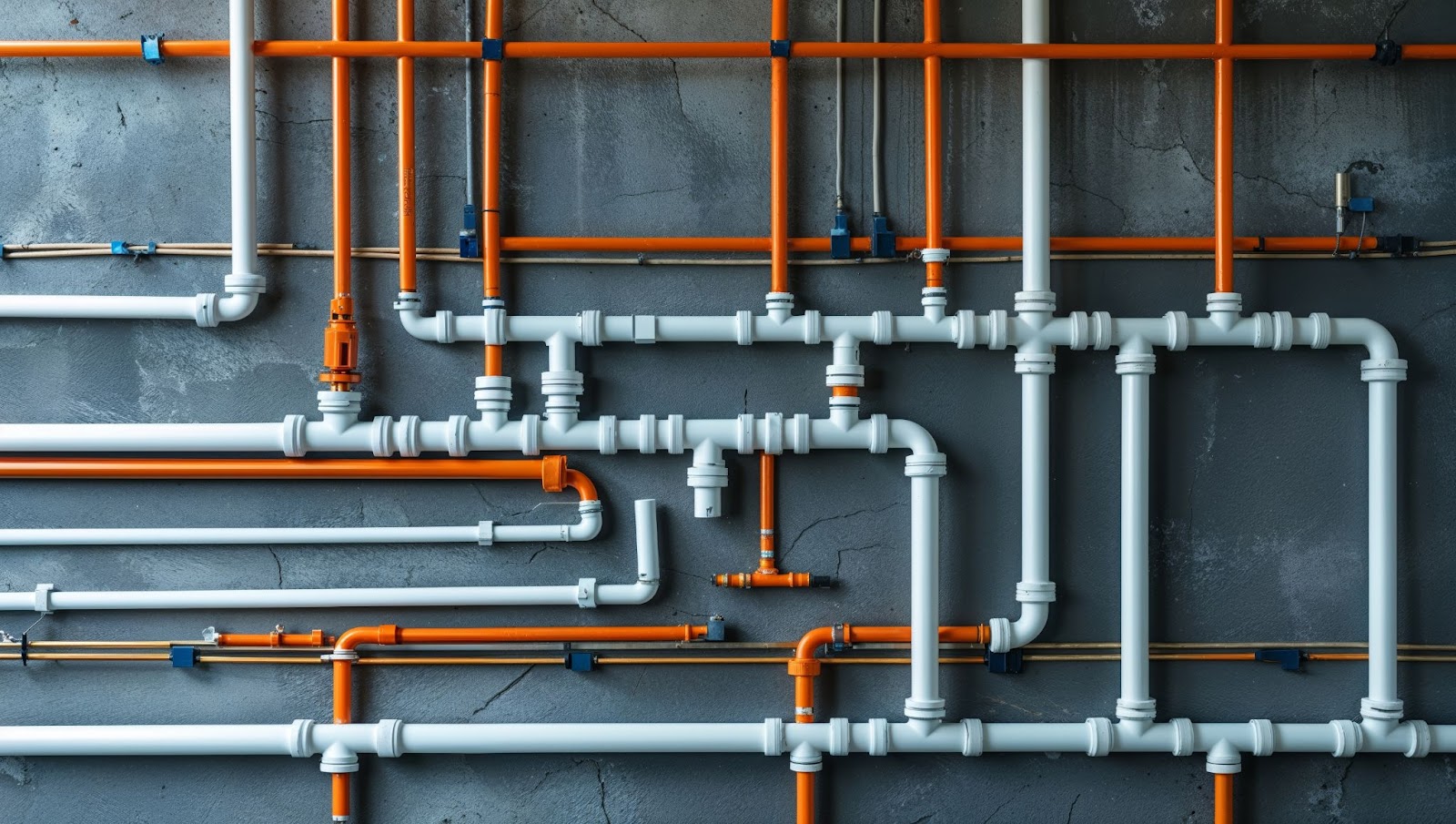Radiant heating is a modern and efficient way to warm your home, providing a level of comfort that traditional heating systems often struggle to match. Instead of relying on forced air to distribute heat, radiant heating systems work by directly warming the surfaces of your home—typically the floors, but sometimes walls or ceilings. This method creates a cozy, even warmth that radiates through the entire room, making it a popular choice for homeowners looking to upgrade their heating systems.
In this blog, we’ll dive into the specifics of radiant heating, explaining how it works and why it might be the perfect heating solution for your home. We’ll also explore the different types of radiant heating systems available, the benefits they offer, and what to consider when planning an installation.
Whether you’re building a new home or looking to improve the energy efficiency of your existing one, understanding radiant heating is key to making the best choice for your comfort and energy savings.
Traditional heating
Traditional heating systems have long been a staple in homes, offering reliable warmth during the colder months. These systems typically work by heating the air in a space, which then circulates throughout the room to raise the overall temperature. The most common forms of traditional heating include forced air systems, baseboard heaters, and radiators.
Forced air systems are among the most prevalent, using a furnace to heat air, which is then distributed through a network of ducts and vents. This method of heating is effective and quick, but it often leads to uneven heating, with some areas of a room being warmer than others. Additionally, forced air systems may cause drafts and circulate dust, allergens, and other particles, which could affect indoor air quality.
Traditional systems have served many homes well, but as technology advances and homeowners seek greater efficiency, comfort, and control, radiant heating systems have emerged as a popular alternative to conventional methods.
What is radiant heating?
Radiant heating is a modern and efficient method of warming a home by directly heating surfaces, such as floors, walls, or ceilings, rather than relying on the traditional method of heating the air.
The key concept behind radiant heating is the direct transfer of heat from the surface to the objects and people in the room, creating a more even and consistent warmth. This approach is different from conventional systems like forced air, where warm air is distributed through ducts and vents.
One of the most common forms of radiant heating is radiant floor heating, where heating elements or pipes are installed beneath the floor. These elements warm the floor surface, which then radiates heat upwards into the room. This method not only provides a cozy and comfortable warmth underfoot but also ensures that the heat is evenly distributed throughout the space, eliminating the cold spots that often occur with traditional heating systems.
Radiant heating systems are known for their energy efficiency, as they operate at lower temperatures while still maintaining a comfortable indoor environment, making them an attractive option for homeowners looking to reduce energy consumption and enhance comfort.
Benefits of radiant heating
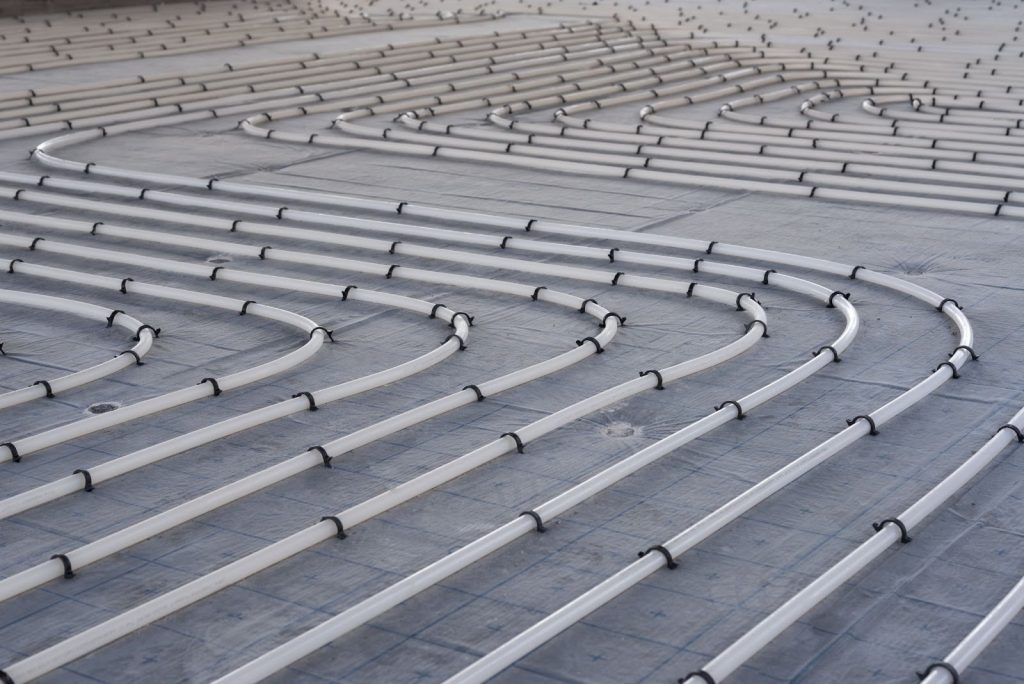
Radiant heating offers several compelling advantages that make it an attractive option for homeowners looking to upgrade their heating systems. Unlike traditional heating methods, which rely on heating the air, radiant heating directly warms surfaces and objects in a room, providing a more consistent and comfortable heat.
This method of heating not only enhances the overall comfort of your living space but also brings benefits in terms of energy efficiency, air quality, and even noise levels. In the following sections, we’ll explore the key benefits of radiant heating and why it might be the ideal choice for your home.
Energy efficiency
Radiant heating is generally more energy-efficient compared to traditional forced-air heating systems. This efficiency comes from the way radiant heating operates—by directly warming the surfaces and objects in a room rather than heating the air. Since warm surfaces naturally radiate heat back into the room, this creates a more consistent and comfortable environment with less energy waste.
Additionally, because there is no need to force air through ducts, which can result in heat loss, radiant heating often requires less energy to maintain a desired temperature, leading to lower energy bills over time.
Comfort
Radiant heating offers a level of comfort that is hard to match with traditional heating systems. This comfort stems from the way radiant heat is distributed evenly across surfaces, eliminating cold spots and drafts that are common with forced-air systems. Instead of warming the air and allowing it to rise and leave some areas cooler, radiant heating ensures that the warmth is spread uniformly throughout the room. This creates a cozy environment where the temperature feels consistent no matter where you are in the space.
Additionally, because radiant heating doesn’t rely on blowing air, it avoids the dryness often associated with other heating methods, making the indoor environment feel more natural and comfortable.
Silent operation
One of the standout features of radiant heating systems is their quiet operation. Unlike forced-air systems that rely on noisy fans, ducts, and vents to circulate warm air, radiant heating distributes warmth directly through floors, walls, or ceilings without creating any sound.
This means no humming, buzzing, or rattling noises to disrupt your peace and quiet.
The absence of moving parts not only ensures a tranquil environment but also contributes to the system’s durability and reduced maintenance needs, making it an attractive option for those who appreciate a serene and comfortable home.
Radiant heating installation
The installation process differs depending on the location, but generally, the process starts with laying down the heating elements—either electric cables, mats, or hydronic tubing—on a prepared surface. These elements are carefully arranged to ensure even heat distribution. Once in place, a layer of flooring or wall material is added on top to encase the heating system.
The installation is then completed by connecting the system to a thermostat, which controls the temperature, and then ensuring the setup is properly insulated to maximize energy efficiency. Working with professionals ensures that the system is installed correctly for optimal performance and longevity.
Trust Salisbury Plumbing for your heating system needs
When it comes to installing and maintaining your heating system, Salisbury Plumbing is a trusted partner that delivers expert service with a focus on quality and reliability. Our team is well-versed in the latest radiant heating technologies, ensuring that your system is not only installed correctly but also optimized for maximum efficiency and comfort. We pride ourselves on providing personalized solutions that meet the unique needs of each home, whether you’re upgrading an existing system or installing radiant heating for the first time.
Choosing Salisbury Plumbing means choosing a team that is committed to your satisfaction from start to finish. We work closely with you to understand your heating requirements and offer clear, honest advice to help you make the best decisions for your home. With our experienced professionals handling your heating system installation or maintenance, you can enjoy all the benefits of radiant heating. Contact us now and let’s get started!
toto slot toto slot slot thailand situs slot gacor toto togel toto slot slot online situs toto situs togel slot gacor hari ini

